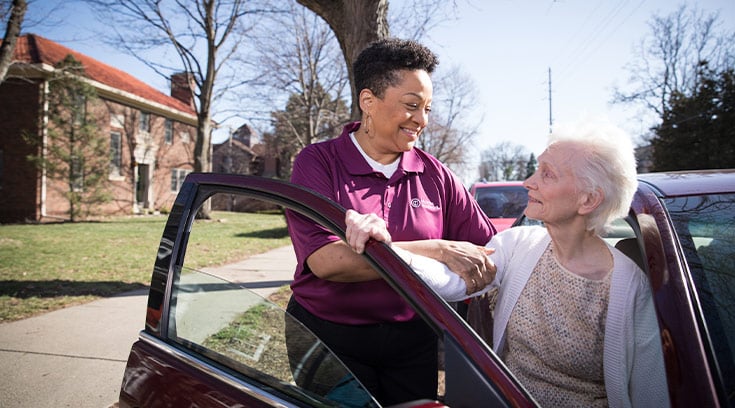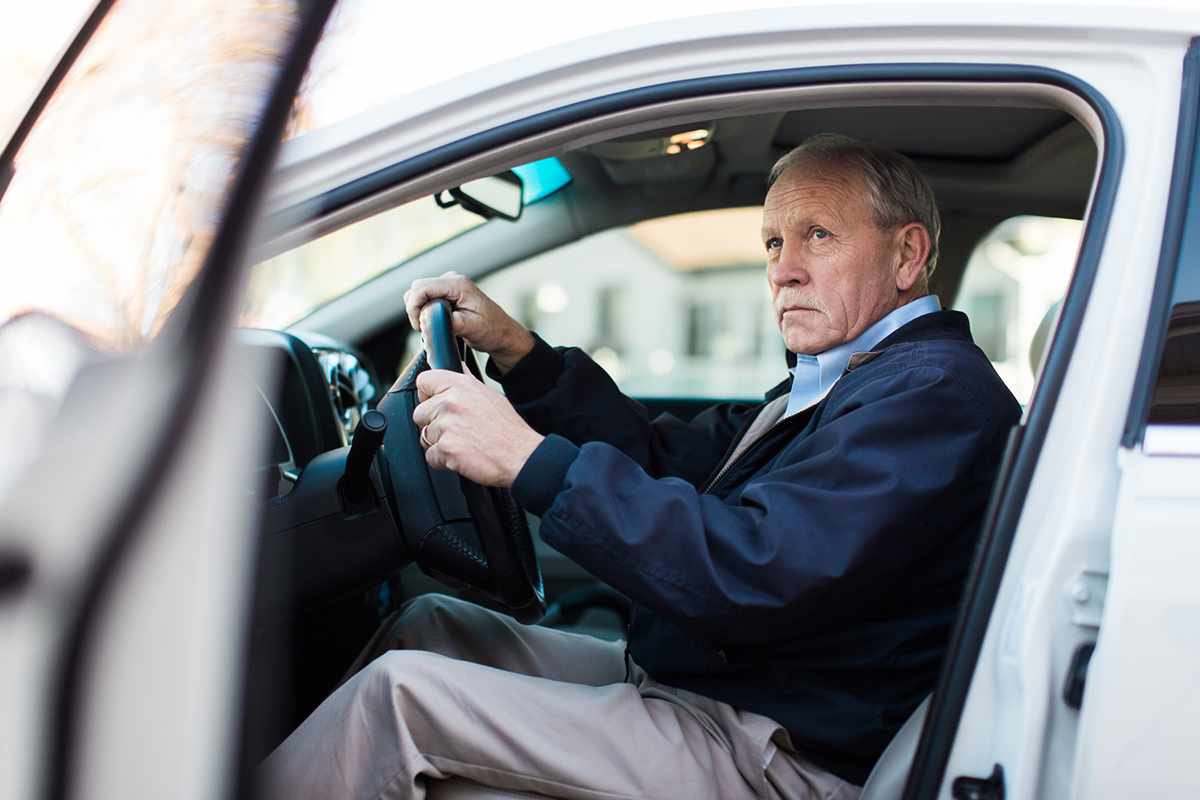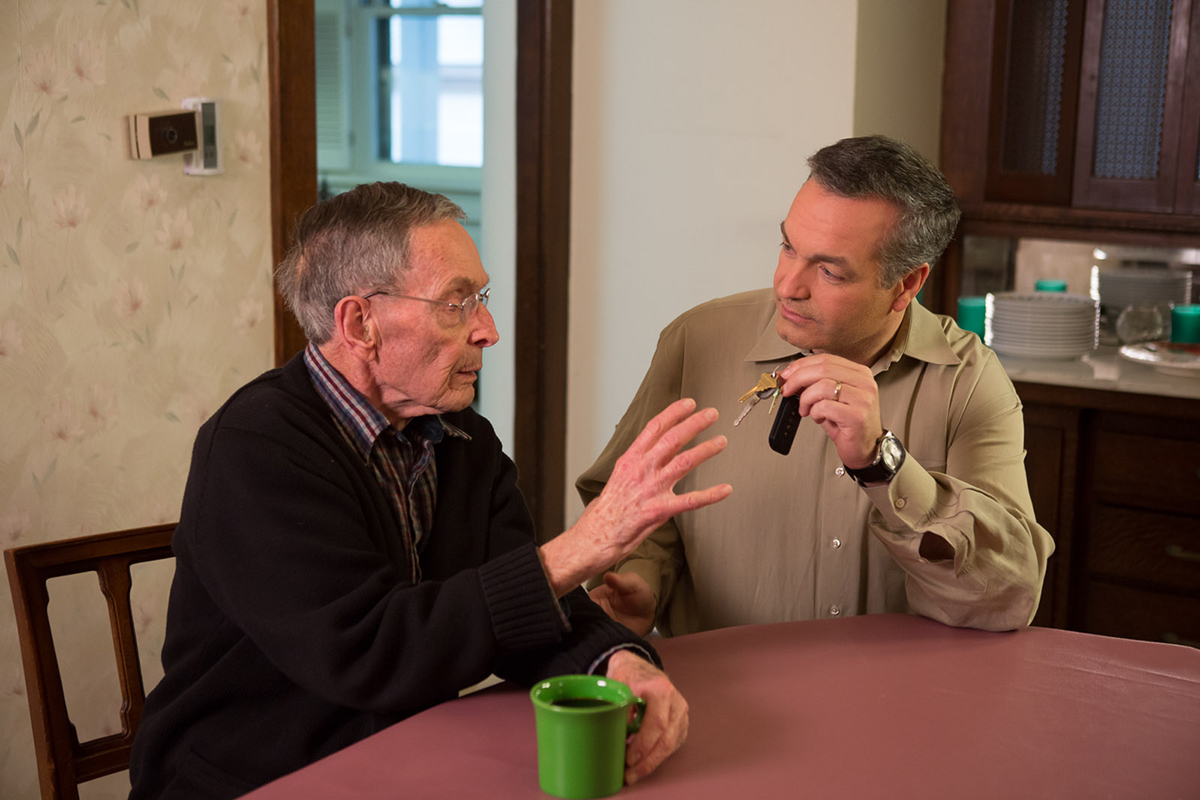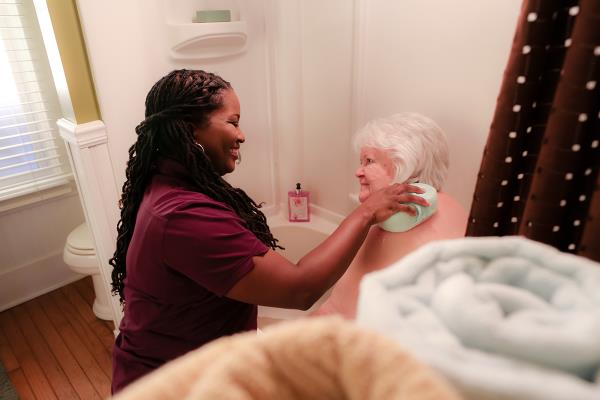Perhaps you can’t imagine your aging loved one ever giving up driving. When you think about it, maybe it’s tough to contemplate your own life without a day or two behind the wheel, right?
To understand what it means to give up driving, it’s important first to understand what driving means to an individual. “For some people, it’s not about getting to the store, it’s about how they get to the store,” said Elin Schold Davis, Project Coordinator, Older Driver Initiative, American Occupational Therapy Association.
“Pride of ownership is as important to some as privacy and spontaneity are to others. This generation of seniors, for instance, is used to the idea of going on joy rides. It’s important to ask more questions and distinguish between necessity and pleasure because that makes a difference in how alternatives are perceived.”
Being without wheels doesn’t need to spell isolation. If an older adult has given up driving, it doesn’t mean that life has lost its meaning or enjoyment. Nearly half of all former drivers surveyed for Home Instead, Inc., franchisor of the Home Instead® network, said that, all things considered, giving up driving made no impact on their lives. Roughly three in 10 even said they did not miss driving. Here are three ways to help.
1. Be Prepared with New Options
Regardless of our age, we all have important things to do and places to be such as family events, doctor appointments and the grocery store. BrightFocus Foundation recommends that a senior driver prepares to stop driving, when determined necessary to do so, by coming up with new transportation options. For example:
- Ask family and friends if they would be willing to be a driver in exchange for a meal out.
- Look into ride share apps like Uber, senior ride programs, paratransit services and reduced fare programs in your area. Check with your local Provincial or Municipal government to learn more about these types of programs.
- Look for services that cater to those who are no longer driving such as hair stylists and doctors who make house calls, or grocery stores and pharmacies that deliver.
- Carpooling isn’t just for kids. Get together with friends to come up with options to ride together.
2. Make Alternatives Fun
Older adults who enjoy the spontaneity of an afternoon drive don’t need to give that up just because they are no longer driving. For example, take the budget that was used to maintain a vehicle to hire a driver. Or make public transportation a new adventure. Take a friend or family member along on some trial runs by bus, taxi or Uber.
3. Think Outside the Box
Focus on activities that don’t require driving. Not all fun activities revolve around driving. If you or your senior is able, consider focusing more attention on activities such as gardening and walking.
While some seniors still might not like the idea of giving up driving, others might consider it a relief.
Concerned that you or a loved one may no longer be safe on the road? Check out the ten signs that you or a loved one might be in danger on the roadwaysCompassionate Home Care





